Parent Tips: Editing
Most of our lessons begin with a video that walks your child through a new skill. With the help of some cute but thoughtful cats, we explain what the skill is, why we use it, where there’s wiggle room, etc.
Editing is a crucial part of the writing process, with many facets. Our first video in our editing series introduces the most basic concepts to our Level 1 kids, who have likely heard little to nothing about the concept yet. We repeat that lesson in Level 2, but update it with examples at the paragraph level. Part two and beyond go into more depth about editing argument, editing for words and flow, editing in a group, editing fiction, and more.
Clean Up
You may be surprised to see our first recommended step in the editing process: basic clean-up. Please keep in mind that young children learning to write—particularly if they’re learning to use a keyboard—are usually very messy. Just as young children need to learn to sense and control their bodies in space, young writers need to grow accustomed to the idea that their writing should stay in a controlled space. They don’t instinctually know that there should be a space after “1.” or after a colon, or that it’s odd to see random space and line breaks. In some ways, it’s beautiful to see the creative chaos of their minds on paper. But yes, they also need time and direction to learn the most basic convention: that writing should be readable.
Content Editing
Our editing lesson also takes pains to emphasize the importance of editing the content of our writing. This is too often an overlooked part of the editing process, even for adults. June Writers believes young children are ready to learn the skill, even in their very first editing lessons. In Levels 1 and 2, we encourage kids to focus on the basic integrity of the text. Does it say what you want it to say? Have you made all the connections? Will your audience understand what you’re trying to say? In Level 3 and above, we introduce a more systematic analysis system that helps kids go much deeper with their edits. By that time, they will also have become familiar with rhetorical tools of persuasion.
Line Editing
Please encourage your child to say their edited text out loud before they hit submit.* This is part of the process we teach, but some kids may be tempted to skip this step because they’re not convinced it’s worth their time. (It is!) They may also need to sharpen their critical listening to use this technique fully. You can help them notice when they’ve said something that sounds odd if they plow ahead without stopping.
If you and/or your child are not comfortable with English and/or your child doesn’t read much formal English writing, this process may be less helpful, which is fine! Your kid can rely on other editing tools as they build up their ear. How? Help your child find books or audiobooks that draw them into a habit of reading. Reading is always better, but even listening to audiobooks helps get Standard English into their ears.
*If your child is working on our Level 5 editing practices and does not want to record their voice, they can still record what they’re doing on their screen without sound. But please make sure they are speaking out loud to themselves.

